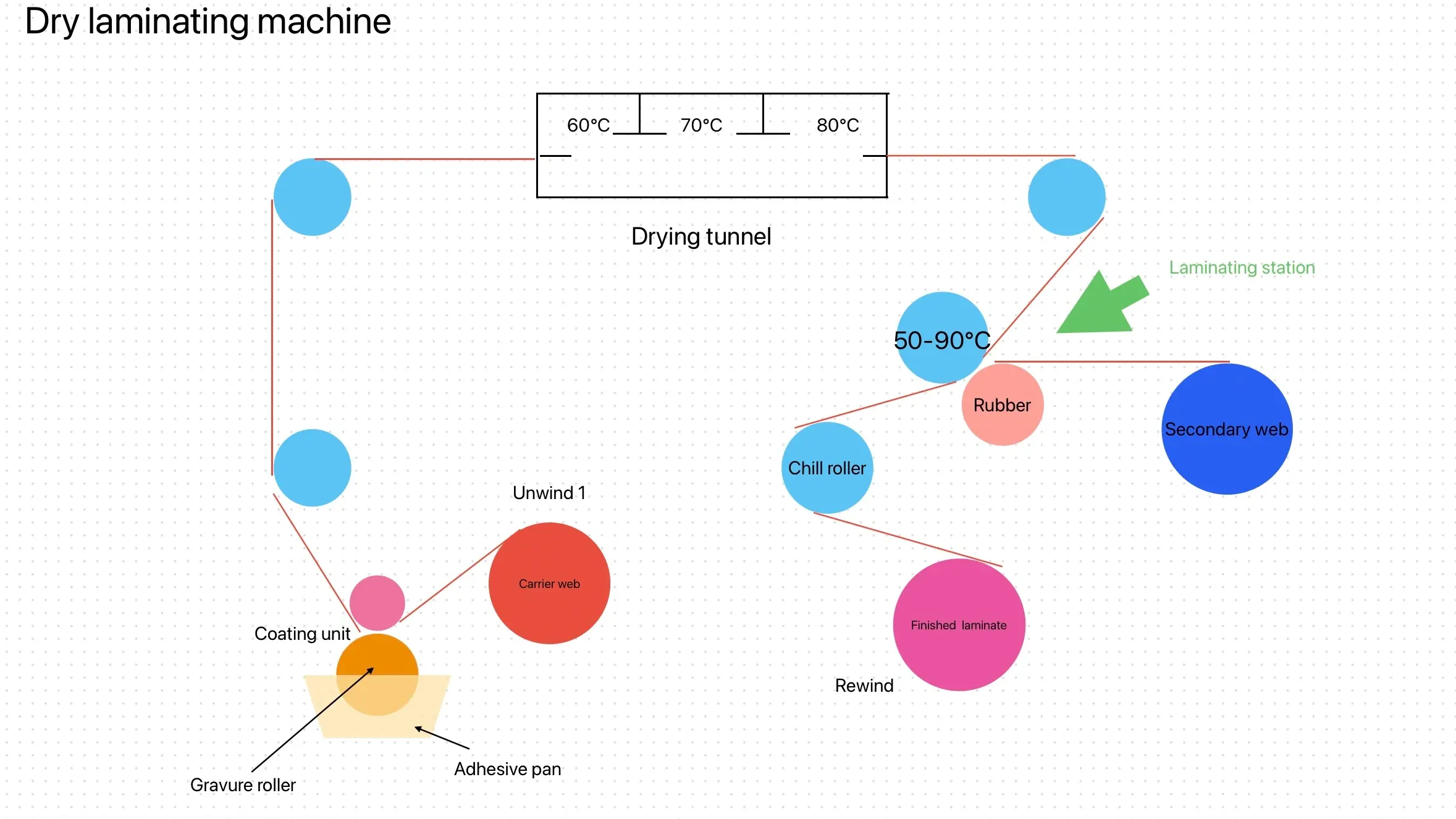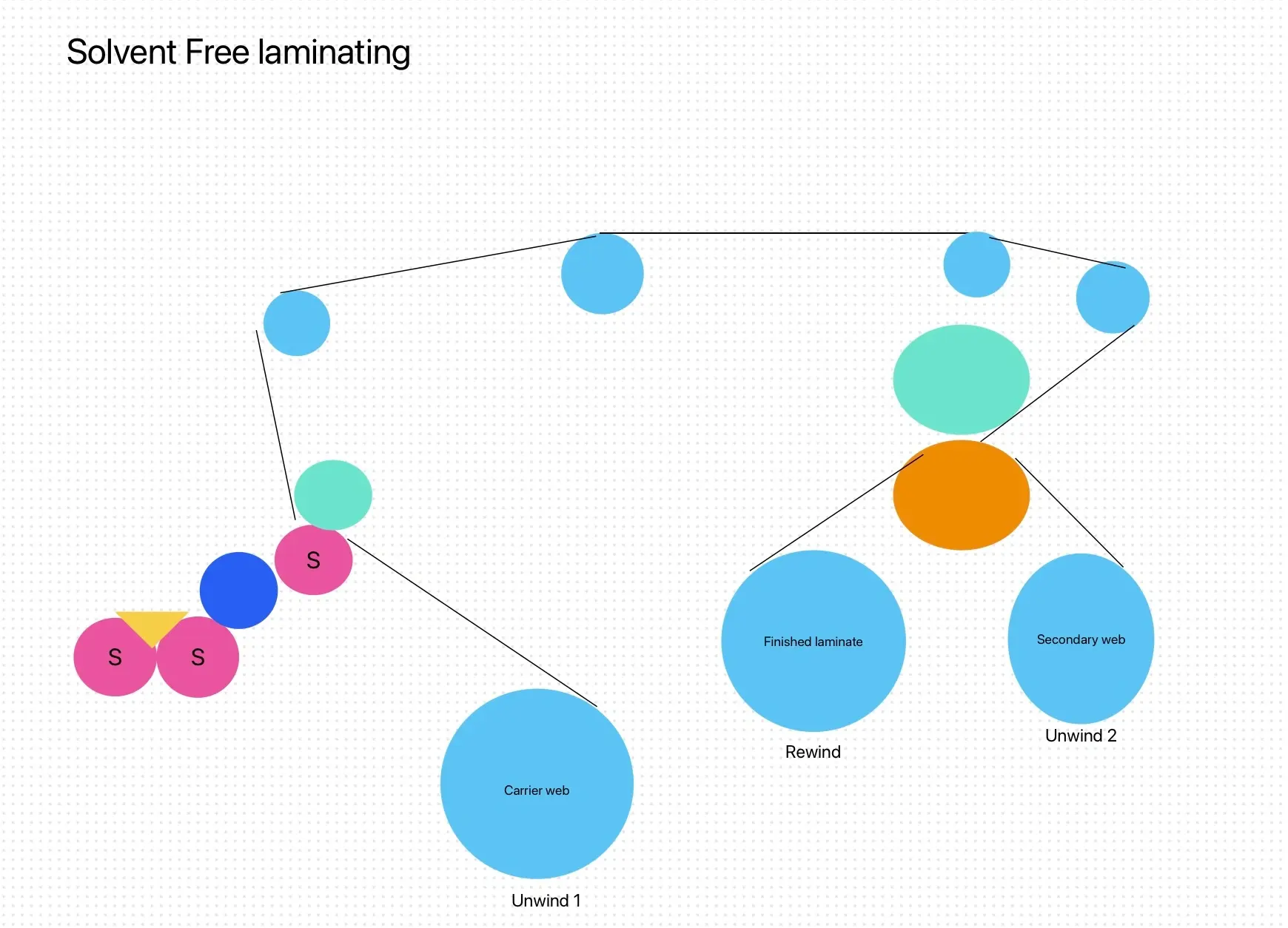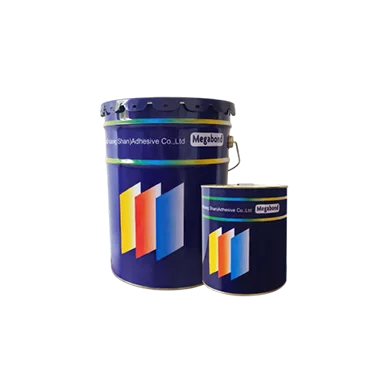1. Material surface treatment:
Material surface cleanliness: If there are impurities such as grease, dust, and moisture on the surface, it will seriously affect the bonding effect of the glue. Therefore, before using glue, the surface of the material should be thoroughly cleaned.
Impurities: Other impurities will also affect the bonding strength. For example, an uncleaned bonding area will result in an unsatisfactory bonding effect.
2. Temperature and humidity:
Temperature: High temperature may cause the glue to cure prematurely, while low temperature may prolong the curing time or affect the bonding effect.
Humidity: A high humidity environment may cause the moisture in the glue to be difficult to volatilize, affecting the bonding effect.
3. Glue type and concentration:
Glue type: Different types of glue have different bonding strengths and applicable ranges, such as glass glue, silicone glue, polyurethane glue, etc. Choosing the right glue is crucial to ensure the bonding quality.
Glue concentration: The higher the concentration, the stronger the bonding strength is usually, but it may also result in excessive glue application, making the glue play a filling role rather than a bonding role.
4. Air-drying time:
Some glues require a certain air-drying time to achieve the best bonding effect. Insufficient air-drying time may cause the glue to not be completely cured, affecting the bonding effect.
5. Pressure and fixing time:
During the bonding process, applying a certain amount of pressure can enhance the bonding effect of the glue, but excessive pressure may cause deformation or damage to the material.
Fixing time: When fixing the material, maintain a stable state and avoid movement or vibration to avoid affecting the bonding effect.
6. Glue application amount:
Excessive glue application may cause the polymers in the glue to crowd each other, resulting in poor tension between the polymers, thus affecting the bonding effect.
7. Material matching:
The recommended glue should be suitable for the bonded material, otherwise it may result in insufficient bonding strength.
8. Bonding area:
Too small a bonding area may result in insufficient bonding strength, so ensuring sufficient bonding area is one of the important factors for obtaining high-quality bonding.
9. Glue quality:
The physical and chemical properties of the glue have an important influence on its bonding quality. For example, the bonding strength, curing time, fluidity and other indicators of the glue, as well as the harmful substance content, insoluble content, pH value and other indicators in the glue are all key factors affecting the bonding quality.
In summary, the factors affecting the quality of adhesive bonding include material surface treatment, temperature and humidity, glue type and concentration, air-drying time, pressure and fixing time, glue application amount, material matching, bonding area and glue quality. In practical applications, these factors need to be considered comprehensively to ensure high-quality bonding results.





